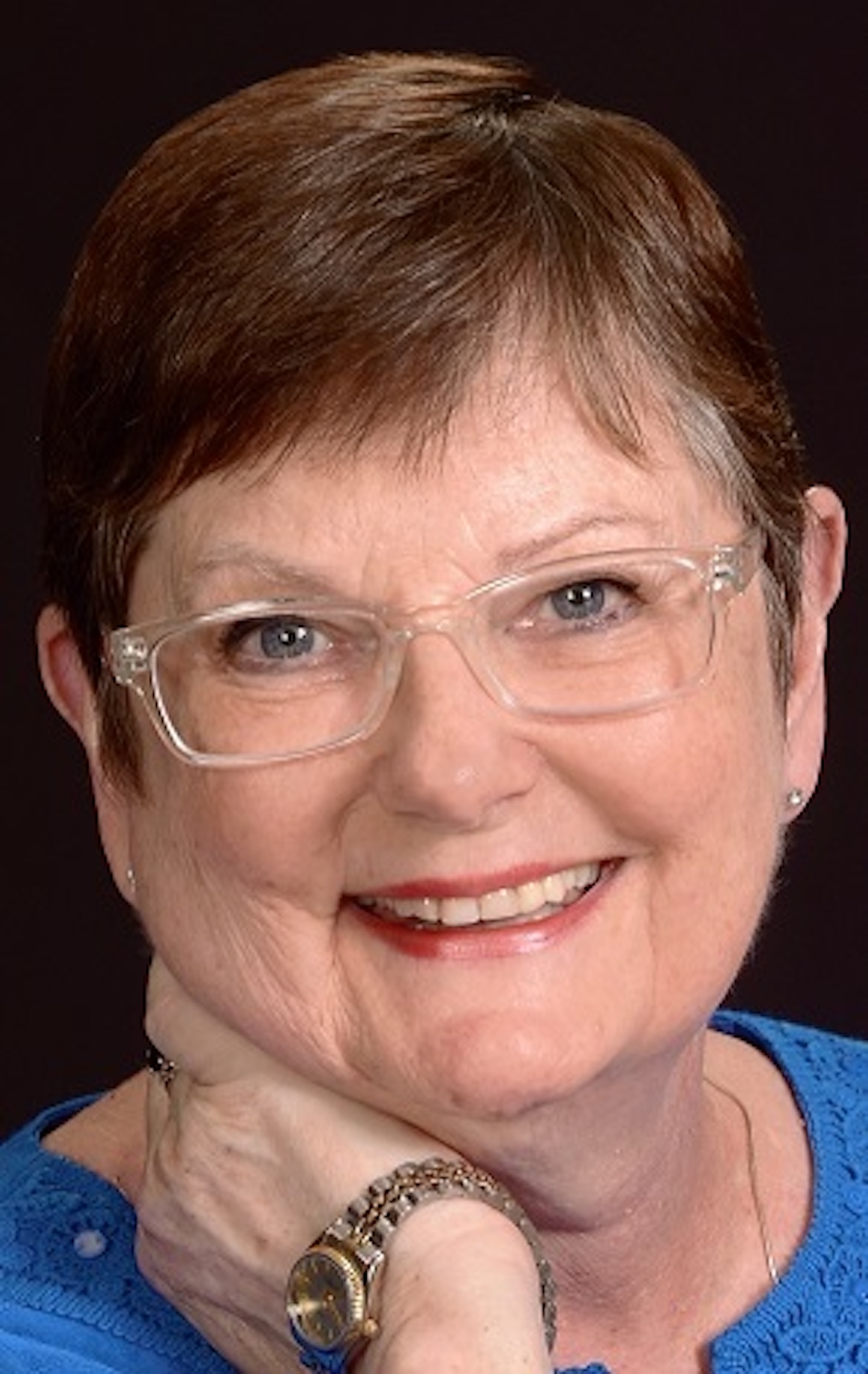By Jon Verity
It is reasonable that citizens ask the city to explain why it is focused on redevelopment of the marina parking lot. Beaufort City Council directed the Redevelopment Commission to pursue the project in 2011 when they approved Sector 1 of the Civic Master Plan. There have been many public meetings, documents and press releases about the project since then.
Focusing on downtown, the city spends about $600,000 more per year providing services than it collects in revenue. Public safety services alone cost more than $900,000 per year.
The Henry C. Chambers Waterfront Park is particularly expensive. It is built above the water on a concrete structure. Every cave-in you see in the park costs about $15,000 to repair. This year, the city will spend about $48,000 per acre on the 13-acre park in operating and debt service costs. A few years ago, the city spent $8 million in repairs and upgrades to the waterfront.
This financial situation would be manageable if we had stronger demographics and a healthier business climate. Parris Island graduations and bus tour visitors basically keep the lights on for the majority of businesses. Downtown businesses have had to focus on the winter season tourists to survive. Most downtown businesses do all right from October to May, struggle through the summer, and hope they end the year with a small profit.
Rents downtown range from about $5-14 per square foot, which is barely adequate for many building owners to maintain their properties.
Beaufort’s residents can’t do much to help:
• Beaufort’s population dropped 4.5 percent from 2000 to 2010 and is still not back to the 2000 level of 12,956.
• Our per capita income dropped 38 percent between 2007 and now, and unemployment has risen to about 8 percent.
• As much as 20 percent of the properties downtown west of Charles Street to Bladen Street are now either abandoned or vacant, providing minimal tax revenue and no customers for merchants.
The solution we are pursuing at the marina is to bring more people into the core of the city as residents and multi-day tourists. We need to manage this transition without harming those who have invested in downtown or damaging the way of life that makes Beaufort special.
The Redevelopment Commission believes that in The Furman Company, Chaffin and Light and their planners, Design Workshop, we have found partners who can accomplish these goals while honoring Beaufort’s National Historic Landmark designation, architectural heritage and special sense of place.
Ultimately, the city may choose a more park-like setting than has been suggested in the Civic Master Plan, but the real issue here is how to get the city of Beaufort on a more sustainable economic path. We need more people living in the downtown area and more multi-day visitors to accomplish that goal. We would welcome more discussion about how to achieve that objective.
There is a lot of energy about this topic — let’s work to channel that energy into a positive outcome for us all, for both the short-term and long-term future of Beaufort.
Jon Verity is the chairman of the Beaufort Redevelopment Commission.






